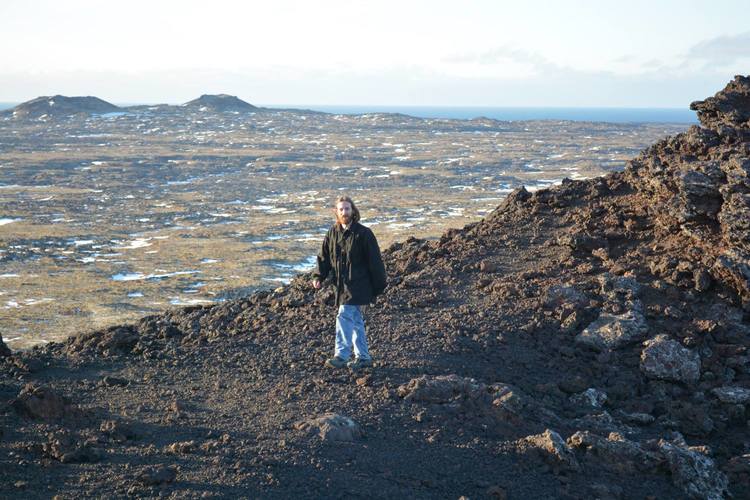
April and May Roundup: Point Rosee, the Woman in Blue, Finds Aplenty, and Much More
A semester wrapped and a move took place and now we've got a nice big update for everyone. Behold!:
* Point Rosee: Satellite Images Reveal Potential Second Norse Settlement in North America
* Viking Age Sword Sparks Conflict in Russia, Ukraine, and Estonia
* Viking Age Thing Found in Bute, Scotland
* Unusual Viking Age Object Anonymously Donated to National Museum of Ireland
* More Information about Short-Lived Viking Age "Woman in Blue" Revealed from Teeth Analysis
* Discovery of around 150 Anglo-Saxon Graves in Bulford
* New Reading of Rök Runestone
* Discoverer of Galloway Hoard Claims Mistreatment
* Huge Viking Age-Inspired Ship Arrives in Iceland from Norway
* Icelandic Elf School in the News Again
* The Wild Hunt Food Cart Begins Operation in Portland, Oregon

March Roundup: New Birka-type Crucifix Discovered, Dexippus Fragment Translation Published, Rare Belt Buckle Found, and Galloway Hoard Images
March has been pretty fruitful for news in ancient Germanic studies. From a new Birka-type Viking Age crucifix found on the Danish island of Funen, to a new translation of newly discovered fragment of an account of a Gothic invasion of Greece, to the implications of a curious belt buckle found in a Viking Age grave in Jutland, and finally to new images of a Viking Age hoard found in Scotland, there's plenty to talk about here.

Six Questions IV: Kevin French
The fourth entry for Mimisbrunnr.info's Six Questions series is an interview with American academic and Heathen Kevin French. Outside of his academic work, French maintains a popular following via his Tumblr blog, where he regularly fields questions regarding topics such as North Germanic religion, runology, and Germanic linguistics.
French is additionally moderator for Fuck Yeah Norse Mythology, a Tumblr blog that functions as something of an aggregate for posts on Norse mythology within the Tumblr community, ranging from art to discussion threads. French's Tumblr activities provide a window into how Germanic Heathenry exists and operates on a popular internet platform in 2016.
Archaeologists Reveal Visigothic Site in Bulgaria
The Viking Society for Northern Research's 2016 Student Conference
Big Think's "Iceland is Officially Worshiping Norse Gods Again"

Six Questions III: Frøydis
The subject of our third Mimisbrunnr.info's Six Questions entry is Frøydis. Frøydis has a background in fashion modeling—represented by model agency Pholk in Norway—and was notably a finalist in Norway’s Next Top Model in 2008 (before exiting the competition due to illness).
In addition to modeling, Frøydis is active in Viking Age reenactment, environmentalist, live action roleplaying (LARP), and cosplay circles. She maintains a blog documenting her activities, Lin og Lauk (Nynorsk ‘flax and onion’, referring to a magic formula appearing on a runic inscription from Fløksand, Norway and in the Old Norse Völsa þáttr).
